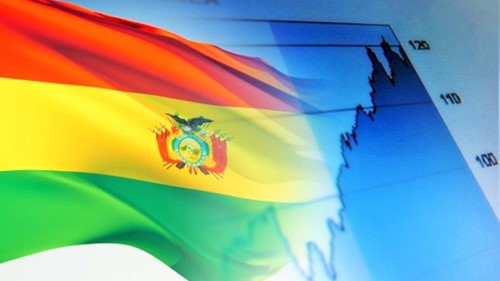
Beginning in 2020 the government of Bolivia has recommended a set of economic actions, including the Bonus against Hunger, on behalf of more than four million families. Also, some steps have been taken to return the value added tax (VAT) to some taxpayers and loans were granted at a very low interest rate of 0.5%. Finally, some public investment projects amounting to US$ 4 billion materialized in 2021.
Next year, Bolivia is projected to grow 3.5%, always depending on internal and external variables, including the progress made with immunization, potential outbreaks of COVID-19 and the implementation of a public investment plan.
The International Monetary Fund (IMF) puts the economic recovery of Bolivia in 2021 at 5% of the GDP and 4% in 2022.
Economic recovery, not only of Bolivia, but also of Latin America and the Caribbean is contingent upon multiple factors. “The recovery will be subject to many uncertainties, such as the dynamics of the pandemics, the availability of vaccines, the ability of countries to maintain support policies and whatever happens in the world economy,” said Daniel Titleman, Chief Financial Officer at the Economic Commission for Latin America and the Caribbean (ECLAC).
With a view to adding value to these estimates, the Bolivian Senate okayed an economic and social development plan entitled “Rebuilding economy for good living, towards industrialization with import replacement.” This is just one of the purposes of the political approach for domestic development in the next five years.
“This economic and social development plan will benefit all the nine departments. We are speaking of US$ 33.19 billion in the investment we are going to make in the next five years in the production, infrastructure and social areas, mainly education and health,” said Deputy Omar Yuijra, the chair of the Commission of Planning, Economic Policy and Finances.
Data handled at the Ministry of Economy show that the GDP hit 6.8% in 2013, 5.5% in 2014, 4.9 in 2015, 4.3 in 2016, 4.2 in 2017, and, again, 4.2% in 2018.
In the words of the Chief of Staff, María Nela Prada, “We are regaining the position we used to occupy in the region. This year we have ascended again. Right now, we are in the third place, and we are positive that, should we keep on track as to the economic and productive reconstruction, stability and certainty, we well lead again economic growth in the area.”
